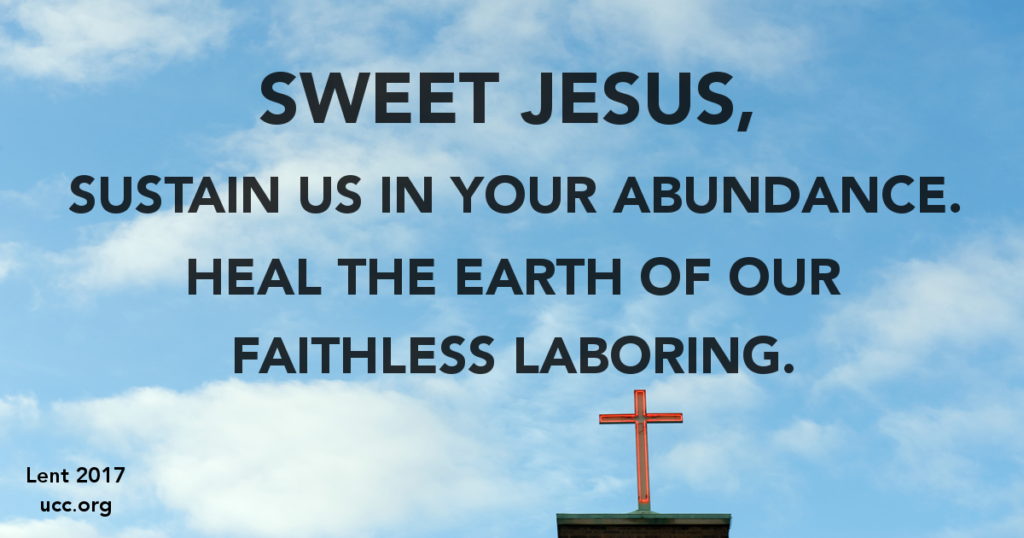Wild Edibles
“Six years you shall sow your field, and six years you shall prune your vineyard…but in the seventh year there shall be a sabbath of complete rest for the land . . . .You may eat what the land yields during its Sabbath . . . .” – Leviticus 25:3-6
In second grade I took a class on wild edibles. The teacher led hikes around the school, pointing out things we could eat. He pulled up the wild carrots hiding at the end of Queen Anne’s Lace. He encouraged us to sample the tiny bulbs from which the playground grass grew.
For years afterward, I held it as a point of pride that I could pick up black ants from the sidewalk and swallow them whole, opening my mouth and lifting my tongue to prove to disbelieving friends that I’d done it.
The logistics of how we get fed today are so complex. It is hard to imagine giving the land its well-deserved Sabbath. There are just too many of us and not enough Queen Anne’s Lace. Our focus has changed to how we can achieve maximum yield from every square foot.
That shift has a spiritual effect. Food feels like something I work for, something I’ve earned. It is the reward for my labor, not the blessing of creation. Until a moment like last summer:
Clergy friends and I were out for a hike as part of our annual retreat. Suddenly, one of them shouted, “Juneberries!” The tree above us was heavy with clusters of small, purple fruit. For the next ten minutes we filled our mouths with sweet reminders that we are created and sustained by a power far beyond our own.
Prayer
Sweet Jesus, sustain me in your abundance. Heal the earth of my faithless laboring.
 About the Author
About the AuthorVince Amlin is co-pastor of Bethany UCC, Chicago, and co-planter of Gilead Church Chicago, forming now.
